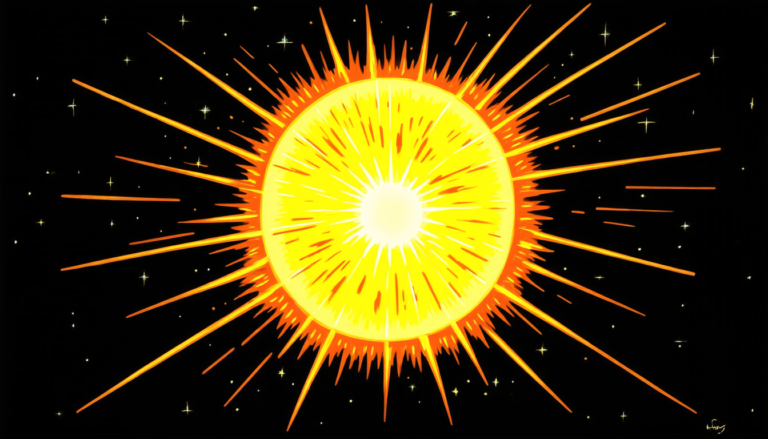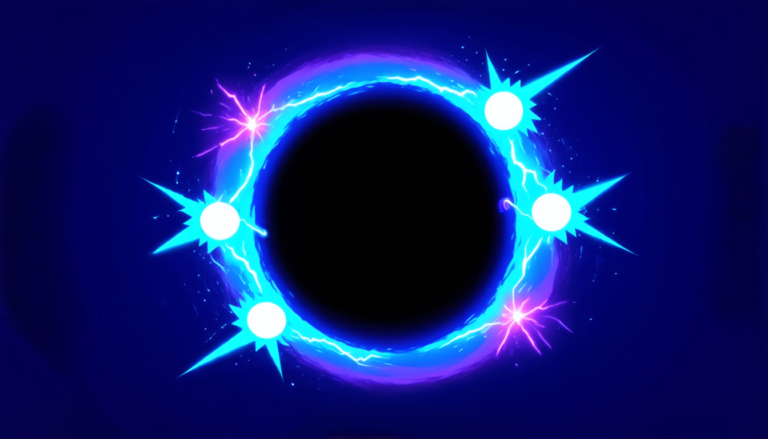Wednesday 16 April 2025
Heavy quarks, which are the building blocks of protons and neutrons, play a crucial role in understanding the fundamental forces of nature. These particles have been studied extensively in particle accelerators, but their behavior in extreme environments, such as those found in heavy-ion collisions, is still not fully understood.
In recent years, scientists have made significant progress in simulating the early stages of these collisions using computer models. By doing so, they have gained valuable insights into the behavior of heavy quarks and how they interact with other particles in the collision.
One of the key findings from this research is that heavy quarks are not affected by the strong magnetic fields generated during the collision, as previously thought. Instead, their motion is influenced by the electric fields created by the charged particles present in the collision.
This discovery has important implications for our understanding of the behavior of heavy quarks in these extreme environments. It suggests that the electric fields play a more significant role than previously believed, and that they may be responsible for the observed suppression of heavy quark production in certain types of collisions.
The researchers used complex computer simulations to model the early stages of heavy-ion collisions. They found that the heavy quarks are initially produced with high momentum, but as they interact with other particles in the collision, their momentum is transferred to them, causing their motion to slow down.
This slowing down of the heavy quarks has important implications for our understanding of the behavior of these particles in extreme environments. It suggests that they may be more susceptible to interactions with other particles than previously thought, and that these interactions could play a significant role in shaping their final momentum distributions.
The findings from this research have important implications for our understanding of the fundamental forces of nature. They suggest that the strong magnetic fields generated during heavy-ion collisions are not as dominant as previously believed, and that electric fields may play a more significant role than previously thought.
This discovery has also opened up new avenues for future research in this area. By studying the behavior of heavy quarks in different types of collisions, scientists can gain a better understanding of the fundamental forces of nature and how they shape the behavior of these particles.
Overall, the findings from this research have significant implications for our understanding of the fundamental forces of nature and how they shape the behavior of heavy quarks in extreme environments.
Cite this article: “Unveiling the Glasmas Hidden Impact on Heavy Quarks in High-Energy Collisions”, The Science Archive, 2025.
Heavy Quarks, Particle Accelerators, Magnetic Fields, Electric Fields, Heavy-Ion Collisions, Computer Simulations, Fundamental Forces Of Nature, Momentum Distributions, Suppression, Interactions.







